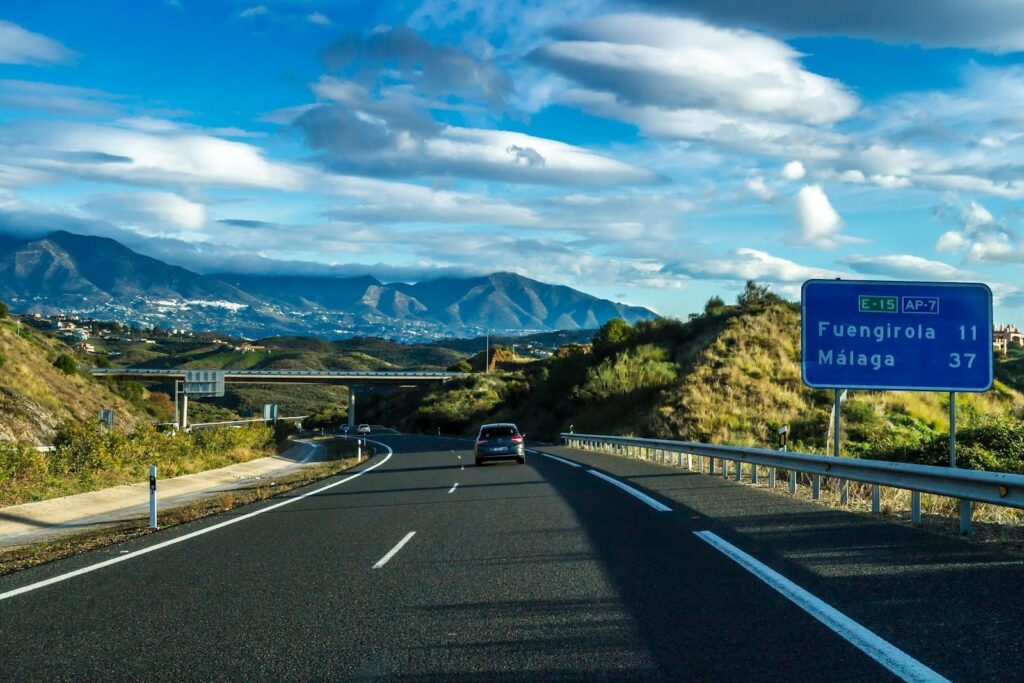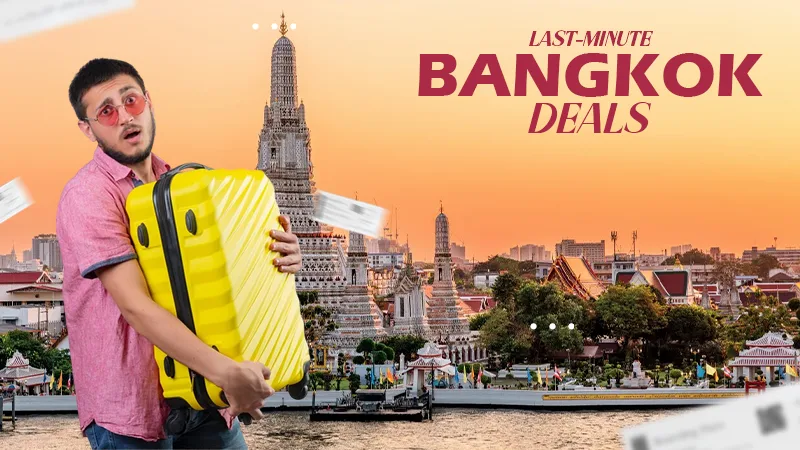
KEY TAKEAWAYS
- Discover the underrated places of Europe
- Learn how one can explore these places
- Understand how parking works here
Did you know, Europe still attracts about 50% of tourists from around the world, keeping its leading position in tourism? And the problem is that a lot of tourists don’t actually know how to explore this beautiful place on earth; they just treat it like any other destination.
Apart from popular and crowded places, there are many hidden gems in the magical Europe. Wondering how to explore them? The answer is, drum roll please, ‘by hiring a car’. Yes, it is as simple as that. Make a checklist of the underrated places of Europe and leave some space to make your itinerary flexible. With the help of this amazing blog, let’s get deeper into this.
Frigiliana, Spain
The mountains behind Málaga have a lot of villages, but Frigiliana ranks best for travelers who enjoy a compact stop that blends effortlessly with coastal plans. Because the streets rise at steep angles, it’s important to plan your visit so you don’t have to climb during the hottest part of the day.
Coming early or late in the day keeps the climb manageable. Buses run, but the gaps between them impact flexibility, so booking a car hire in Malaga Airport with Europcar helps you fit the visit into your itinerary rather than adjusting your plans around transit. There is parking on the village’s edge. From there, you can travel the main routes in under an hour, then move on to Nerja without backtracking.
Monschau, Germany
People may be surprised by Monschau’s layout. The old centre sits in a narrow valley, and most parking is outside it. Understanding this ahead of time prevents unnecessary loops through tight streets. The town highlights a simple plan: park once, walk around the centre, cross the main bridge, and get extra time for the routes that carry you to small viewing points. The nearest Eifel region gives short drives between towns, making Monschau a useful base for travelers who want to see a lot of places in a single day without long intervals from driving.
Piran, Slovenia
Piran handles visitors nicely because it restricts car traffic in the old centre. This is helpful if you plan it properly. You drive to one of the designated parking structures outside town, leave the car and start walking. The advantage of coming by car shows up before that point.
The coastal road leading in has lots of informal viewpoints and spots where you can check the sea conditions or choose whether to add nearby towns like Portorož or Strunjan to your day. Piran itself is simple: one main square, a few key lanes, the church viewpoint and the path along the water. You can cover everything quickly if you handle it with a clear route.
Berat, Albania
Berat has two major sections: the lower town close to the river and the fortified area above it. The climb to the fortress is lengthy, and the road is little, so most travelers consider it more comfortable to drive up and save their energy for exploring the interior.
The fortress has homes, guesthouses, and small alleyways that lend themselves to slow exploration. Outside Berat, many villages provide good meals at cheaper prices than the main town. With a car, you can compare menus and pick spots that fit your plans, instead of paying for the most publicly accessible options. The roads in the region are straightforward, though driving at night is not a good idea because of limited lighting.
Kuldīga, Latvia
Kuldīga suits travellers who love simple itineraries with a clear design. The town has three main draws: the waterfall, the old centre and the pedestrian bridge area. You can see them in any order, but coming by car gives you full control over timing.
Many people go straight for the waterfall, so visiting early or late lowers crowds. The neighboring region gives long, open drives through farmland and tiny villages. Latvia’s western roads are simpler to navigate, with frequent signage and wide shoulders, making this a stress-free place for travelers who want a simple introduction to driving in the Baltics.
Giethoorn, Netherlands
Giethoorn needs basic planning to avoid unnecessary parking chaos. The secret is to enter from the side that leads straight to the designated lots. From there, the village works on two modes: walking and boating.
Renting a small electric boat is the easiest way to cover the major canals. Following them is easy, though you should keep right and look ahead on more closed turns. The benefit of driving is that you can leave the village very quickly, the moment you finish, helping you cut through the afternoon jams on the single road leading back towards the main highway.
Folegandros, Greece
Folegandros is reached by ferry, but whenever you arrive, a car hire or scooter is definitely more efficient than relying on the island bus. The roads are straightforward and the distances short. The main town has few options for parking near the centre, so booking accommodation with dedicated parking can save you frustration.
The island’s appeal lies in its beaches and little coves, many of which need short drives and quick hikes. Good preparation means figuring out which beach matches the forecast. South-facing beaches are ideal on windy days from the north, and vice versa. This simple decision can change the essence of your visit.
Znojmo, Czech Republic
Znojmo benefits from a clear break between the old town and the nearby wine country. The town itself is walkable, so parking once and walking around the centre makes sense. The benefit of having a car comes up when you start checking out wineries in the nearby hills. Some of the finest producers sit outside the main tourist routes, and reaching them without a car is hard. The national park south of town has kept trails and designated viewpoints. Driving lets you pick trailheads based on danger and time far more than convenience.
These destinations stay off most major itineraries for simple reasons: limited transport connections, subtle attractions, and a layout that benefits travelers who plan with purpose rather than impulse. A car hire helps transform these places from “maybe next time” into obvious choices. The effort is low, the payoff high, and the experiences are much more memorable and personal than the usual city-hopping routine.
IMAGE LINK: https://www.pexels.com/photo/black-car-on-road-5104046/
Are there any specific driving tips for exploring the Baltics, like Kuldīga in Latvia?
Just remember to drive on the right, use your headlights at all times, and be aware of lower alcohol limits.
Which hidden gems in Europe are best seen with a rental car?
Some places are Slovenia’s Logar Valley, the Spanish region of Segura de la Sierra, the Hungarian countryside, and Scotland’s remote coast.
Is parking easy to find in small European towns like Frigiliana or Monschau?
Parking in these places can be difficult, especially in the peak season, because of their very narrow streets and limited space.
What are the most scenic drives in Europe?
Most scenic drives in Europe are the Amalfi Coast in Italy, the Ring of Kerry in Ireland, etc.








